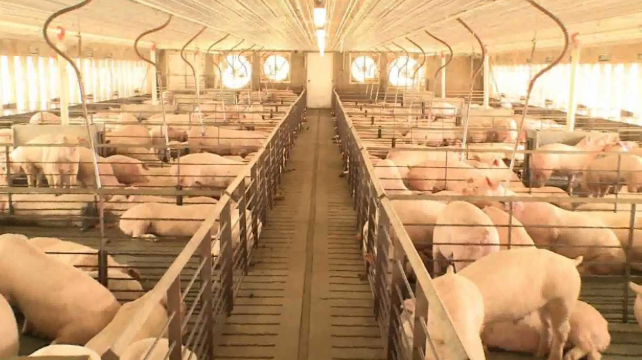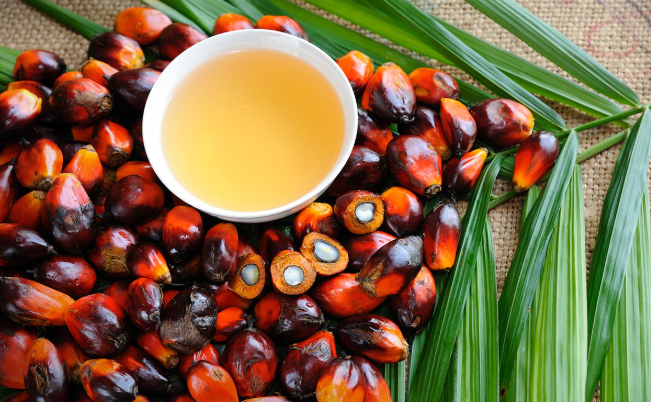Wedoany.com Report-Nov. 26, Iran is projected to reduce wheat imports sharply in the 2025/26 marketing year to approximately 2 million tonnes, according to the latest FAO Global Information and Early Warning System (GIEWS) update. This represents less than half the five-year average, mainly due to large carryover stocks from the favourable 2024 harvest. A preferential exchange rate applied to essential food imports continues to help stabilise domestic prices of basic commodities, including wheat.
Looking ahead to the 2026 harvest, however, concerns are rising. Winter wheat planting, which takes place between September and mid-November, has been affected by ongoing dry conditions and reduced irrigation water availability. As the majority of cereal crops in Iran depend on rainfall, production remains sensitive to weather patterns. Farmers also face elevated costs for seeds and fertilisers, while frequent electricity shortages limit pumping for irrigation, especially in important growing areas such as Khuzestan province.
FAO estimates total cereal production in 2025 at around 20 million tonnes, roughly 10 percent below the five-year average. Wheat output is forecast at 12.5 million tonnes, approximately 12 percent lower than average, reflecting prolonged dry weather, cold spells during key development phases, and energy supply constraints that lowered yields in major regions.
Rice production, by contrast, stayed close to normal levels at 3.8 million tonnes in 2025. An increase in planted area helped compensate for limited irrigation water, providing some balance to overall grain supply.
Domestic cereal prices rose significantly during 2025. In Tehran, retail wheat flour prices remained steady for four consecutive months due to continued government support but were still about 50 percent higher than the previous year, following adjustments to bakery subsidies in June. Rice prices climbed steadily throughout the year and reached record levels in October 2025, more than three times higher than in October 2024, reflecting sustained upward pressure on food costs.
















 京公网安备 11010802043282号
京公网安备 11010802043282号